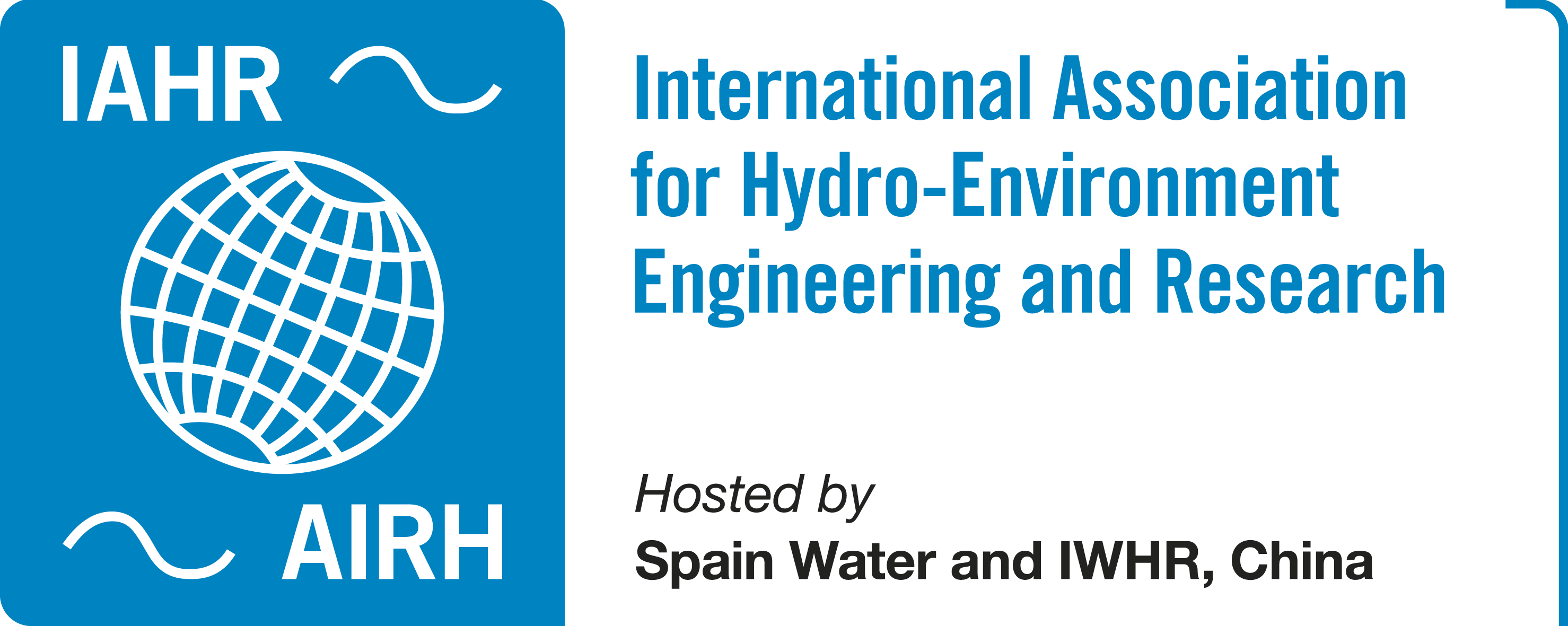- C1 – Peaking regimes and environmental flows
- C2 – Fish passage: design, modelling, and assessment
- C3 – Bioengineering approaches and Nature-Based Solutions
- C4 – Sediment transport and connectivity
- C5 – Ecohydraulics of the hyporheic Zone
Session description
This session focuses on the application of ecohydraulics to inland water systems engineering practice, exploring the interactions between hydrodynamics, ecology, and biogeochemical processes. Topics include the assessment and mitigation of hydropeaking, thermopeaking, and carbon fluxes typical of hydropower systems (C1), as well as novel approaches to define instream flow requirements and dynamic environmental flows. The modeling and evaluation of fish passage structures to improve aquatic connectivity in generically impounded and regulated catchments is also a priority (C2). The session also highlights bioengineering and Nature-Based Solutions for restoring surface water bodies, enhancing habitat creation, and leveraging ecosystem engineers in contributing to the initiation of new morphological features and habitats (C3). Further discussions will cover ecohydraulic aspects of sediment transport (all types) and connectivity, including clogging effects, alongside the physical and biogeochemical dynamics in streams and lake estuaries that influence river mouth ecomorphology, water quality and ecosystem health (C4). Additionally, the session will delve into ecohydraulic aspects of the hyporheic zone, by emphasizing the critical role of subsurface flow in sustaining aquatic ecosystems and the role of flux exchanges with the groundwater in connected stream reaches (C5). By integrating practice oriented experimental, theoretical, and modeling approaches, this session aims to advance sustainable water management and conservation strategies in inland waters, thus seeking for contributions from researchers, practitioners, and policymakers.

